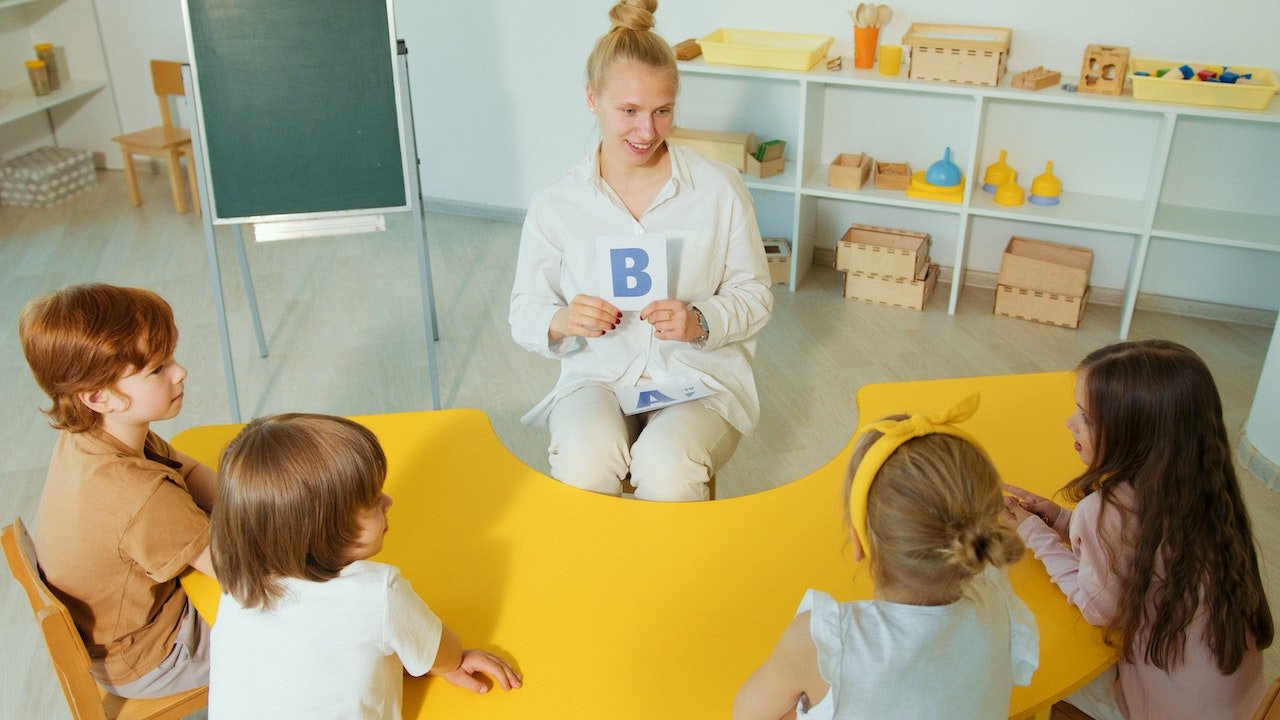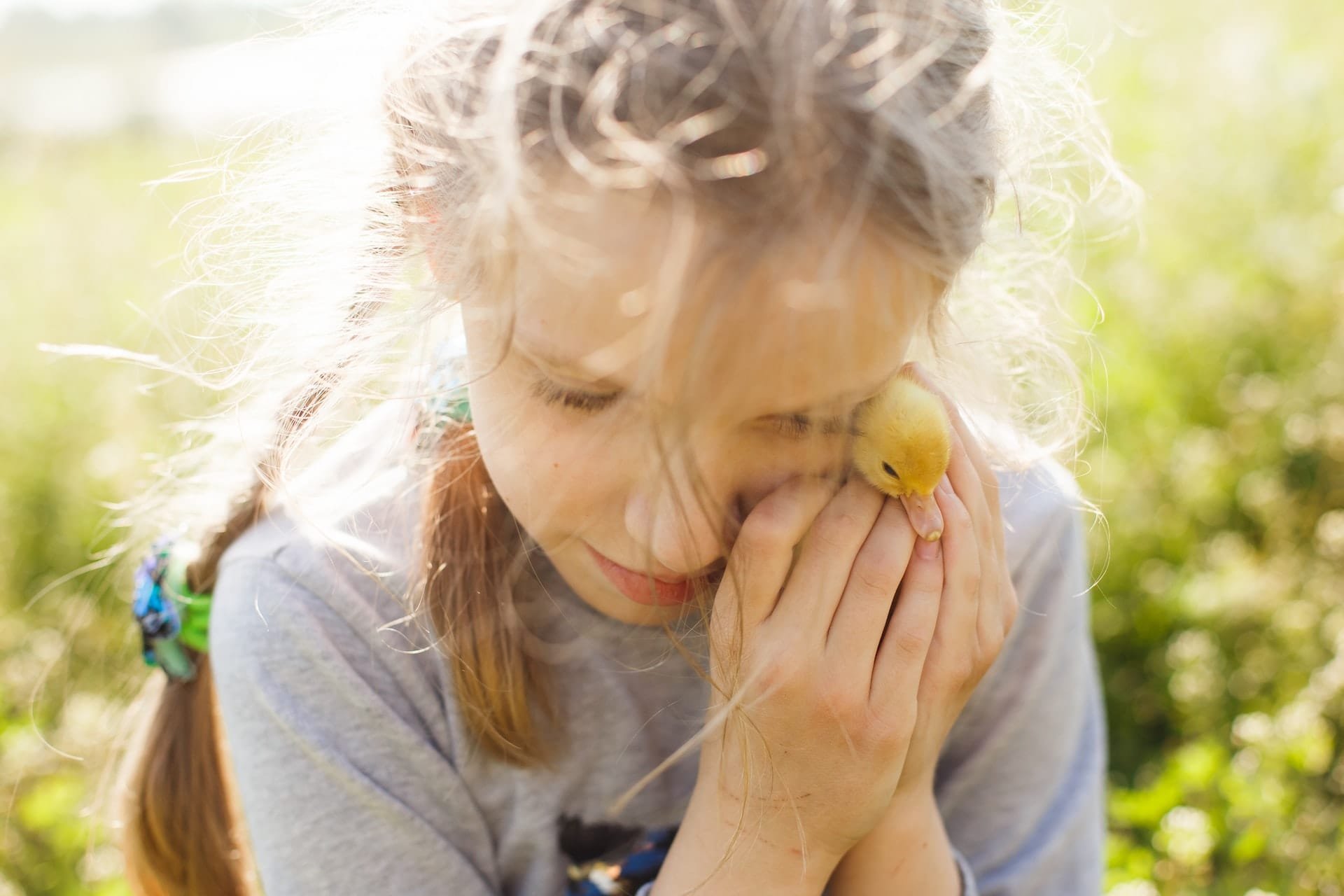How do you teach children compassion?

Young students learn many things in elementary school: mathematics, reading, physical exercise, and so on. But what about emotional skills, altruism, and simple acts of kindness? Can we consider these in child development?
From early childhood, we can support children’s wellbeing and mental health by teaching compassion, kindness, and mindfulness. This can contribute to children’s academic performance and prosocial behavior. A child’s learning experience can be enhanced by teaching compassion from a young age.
Society benefits too by creating a generation of compassionate children and young people ready to meet the world’s challenges.
“Modern education is premised strongly on materialistic values. It is vital that when educating our children’s brains that we do not neglect to educate their hearts, a key element of which has to be the nurturing of our compassionate nature”. – HH the Dalai Lama
What Is Compassion?

What is compassion? Compassion is defined by the Dalai Lama as “a feeling of concern for the wellbeing of others.” Compassion is not empathy. Empathy is the capacity to feel, with a relative degree of accuracy, what another is feeling. Compassion, similar to empathy, involves the capacity to feel what another is feeling and accompanies this with a wish for
the other to be free from that suffering.
“The evidence is compelling. While compassion is an inherent quality we all possess as human beings, psychology, neuroscience and clinical medicine show that it is an orientation and skill that can be cultivated and strengthened to increase the well-being of individuals, communities and society”. – Dr. Thupten Jinpa
For a free guided meditation on compassion offered by the Foundation for Developing Compsion and Wisdom, click here.
As human beings we naturally feel empathy towards others. As early on as primary school we can show children how small acts of kindness can strengthen our empathy and that compassion brings us a sense of connection with others. This contributes to children’s emotional learning.
We can teach children methods for more self-awareness and self-care. Exercises on loving-kindness, mindfulness and simple breathing techniques can be helpful here.
You can browse a selection of inspirational videos on compassion and self-compassion developed by the Foundation for Developing Compassion and Wisdom here.
Why Self-Compassion Is Important

Children need to also know about self-compassion, taking care of their own needs as well as those of others.
Learning how to be kind to oneself makes it easier to be kind to others. By being more gentle and understanding with ourselves, we put less pressure on ourselves and thus reduce the chance of compassion fatigue or overwhelm.
“Self-compassion is simply the process of turning compassion inward. We are kind and understanding rather than harshly self-critical when we fail, make mistakes or feel inadequate… Research indicates that self-compassion is one of the most powerful sources of coping and resilience we have available to us, radically improving our mental and physical wellbeing”. – Dr. Kirsten Neff
How do you help children develop compassion in their early childhood? The first step is to examine whether you are being compassionate and self-compassionate. Dr. Kirsten Neff, one of the leading researchers in the field of self-compassion today, explains that one of the core elements of self-compassion is an understanding of common humanity vs a feeling of isolation. Let’s use an example here… You’ve invited your friend over for dinner at 7 o’clock sharp as you need to make sure the soup is warm for their arrival. 7 o’clock arrives and your friend does not. Ten minutes pass and your friend still has not arrived. Thirty minutes pass and still no friend.
Now, we would all react to this scenario in different ways, I’m sure. Let’s look at two different scenarios to understand the difference between isolation and common humanity.
First scenario… you’re angry. How could your friend possibly be late? You told them to be there at 7 o’clock sharp, they know you put lots of effort into meals like this. How could they do this to you? Why have you got such difficult friends that always leave you to fix the problems? This scenario captures the feeling of isolation and independence.
Second scenario… that’s very strange for my friend to be late. They know I put lots of effort into preparing meals like this. Something must be wrong, they wouldn’t do this to me on purpose. And, if nothing is wrong, then they’re not very reliable, no point getting frustrated by them if that’s just in their nature. This scenario captures the feeling of common humanity and interdependence.
Do you see the difference in the ways you can relate to such a simple day-to-day story like inviting a friend over for dinner? Just thinking about a situation from a broader point of view can really lessen the blow and actually turn what would have been a very difficult scenario, into one of compassion and warmth. All human beings suffer and have problems, just like I do.
A great way to help children understand and develop a feeling of common humanity is to help them develop their inter-personal skills. This can be done through teamwork and problem-solving exercises.
Teaching Compassion to Young Children

Teaching compassion is most effective when the teacher behaves compassionately themselves. Children learn as much from the teacher’s behaviour as from what they say. So the learning environment is very important.
How do you teach compassion to children? Children often enjoy games, poems and working in teams – interactive ways of learning. So, when teaching compassion to children it’s important to make it fun and engaging.
Here are some top tips to make activities with children a success:
- Think about how you will explain the activity. Often showing is more effective than explaining.
- Think about activities as having a beginning, a middle and an end. Each part is equally important.
- Reflect on your own motivation to share the activity. This can really have an impact on the atmosphere and outcomes.
- Be mindful not to plan too much or too many activities for a session. It can be better to do less and have time, rather than feel the need to rush through activities.
- Learning is a life-long process. Every time children engage with an activity it will be a different experience and become a valuable part of their learning journey – even the days when it feels hard to engage.
- If children are struggling to engage with an activity, be patient and playful. Don’t get too attached to the outcome of the activity and enjoy the process together.
Most importantly, take a moment to step back and enjoy watching the children as they engage in their learning.
“Nowadays, many children grow up in unhappy homes. If they do not receive proper affection, in later life they will rarely love their parents and, not infrequently, will find it hard to love others. This is very sad”. – HH The Dalai Lama

Teaching Compassion to Teens
As children grow up, their interests and the subjects that stimulate them develop and change. When teaching adolescents compassion in middle school and high school (secondary school) it is therefore necessary to use different techniques than just fun and games – although these techniques can still work too!

Happy Toolbox for Kids
The Foundation for Developing Compassion and Wisdom (FDCW) has a range of free tools available for you to teach compassion, values and altruism to your children.
The 16 Guidelines Happy Toolbox for Kids contains a selection of mindfulness exercises and an activity idea for each of the 16 Guidelines for Life to playfully explore the Guidelines with children in their daily life.
Download the 16G Happy Toolbox for Kids for free here.
Ready, Set, Happy

Ready, Set, Happy is another resource offered by FDCW for teaching compassion to children. It includes a collection of songs, poems, plays, games, and scientific experiments for children, families and teachers, based on the 16 Guidelines for Life.
Download Ready, Set, Happy for free here.
Whether your a teacher, parent or caregiver these tools are an invaluable start for teaching compassion to your children.

16G to Live By for Teens
16 to Live By is a project that supports young people aged 14 – 19 years in their own lives and communities in taking unified and courageous actions to help others. The free pack aims to teach teens compassion and wisdom, by breaking it down into 4 main themes: How we think, How we act, How we relate to others and How we find meaning.
Download 16G to Live By for Teens for free here.

Compassion Affects Children’s Well-being Throughout Child Development
Happy, compassionate, caring children are less likely to need interventions and more likely to fulfill their potential and academic achievement setting them on a strong path for middle school and high school (secondary school).
As they become adolescents, their strong foundations in compassion and empathy mean they are more equipped to handle emotional ups and downs of the teenage years and be a support to their friends.
As mentioned earlier, developing self-compassion is a crucial component for reducing the risk of compassion fatigue. Compassion fatigue may not necessarily effect a large number of children, but developing compassion (and particularly self-compassion) from an early age will help your child to avoid compassion fatigue in later life.
The Health Benefits of Teaching Compassion
Compassion education programs have health benefits too. Compassion reduces stress and increases wellbeing, which reduces your risk for a wide variety of illnesses. Emotional learning doesn’t have to be limited to the learning environment, but can be built into everyday life outside of school. Compassion education programs should include tools for compassion, wellbeing, and kindness for a happier child who is fulfilling their potential.
Free Tools for Teaching Compassion
The Foundation for Developing Compassion and Wisdom offers a range of free tools for teaching compassion, prosocial behavior, loving-kindness and mindfulness to children. The FDCW offers the following resources for free:
Courses for Teaching Compassion
The Foundation for Developing Compassion and Wisdom also offers a range of courses to give you the training and skills you need to help you in teaching compassion to your children:
- All 16 Guidelines Courses
- 12 Hour Course: The 16 Guidelines for Children and Teens
- FDCW Course Calendar






